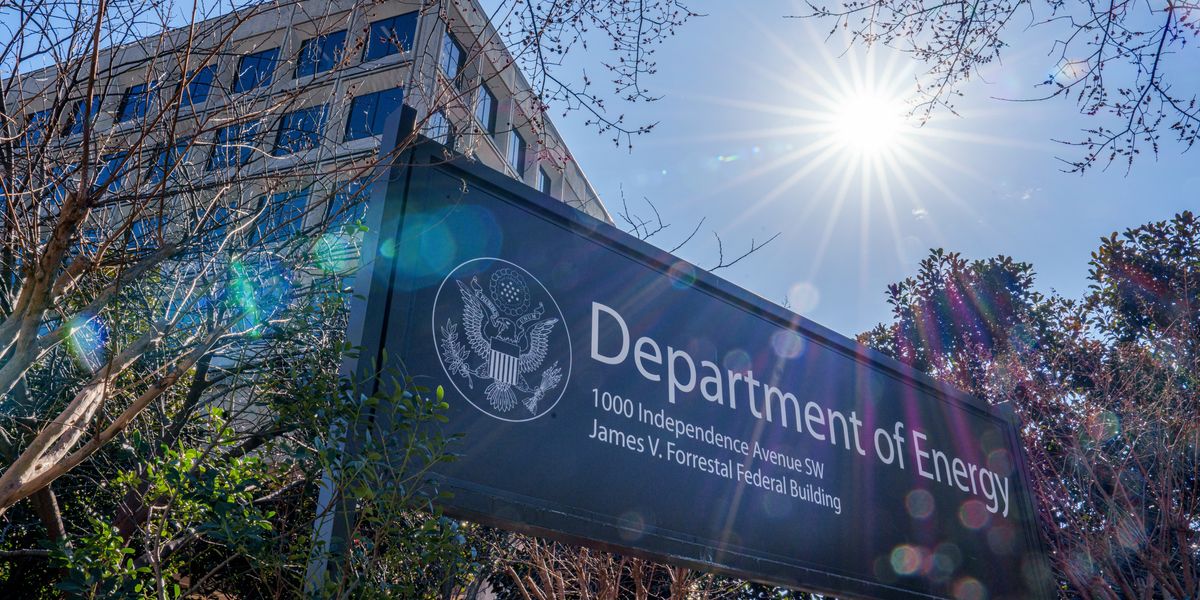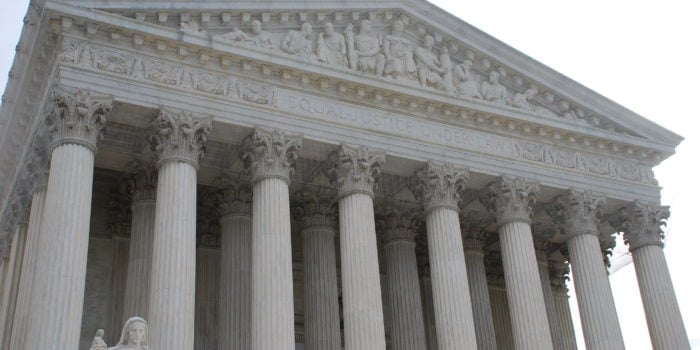Originally by Philip Bump at www.washingtonpost.com
For months, Trump’s opponents have warned that his reelection would threaten American democracy in novel ways. It’s a well-justified warning, given Trump’s prior service in the White House and his disinclination to leave after 2020. But it is also abstract. Most Americans can’t appreciate what a devolution into authoritarianism would look like. Not in the way that they can appreciate, say, how peoples’ faculties decline as they age.
This combination of abstracted threat and vague second-term proposals is an advantage to Trump. He can simply sidestep all of it, confident, for example, that a meeting with Hungarian Prime Minister Viktor Orban will be seen not as an authoritarian mentor-mentee confab but as the sort of dull thing that politicians do.
Or he could sidestep it, until his allies at the Heritage Foundation dropped a lengthy delineation of a second Trump term right in America’s lap.
This is “Project 2025,” which you’ve likely heard about by now. It’s an aggregated wish list of conservative and right-wing policy experts, many of them veterans of Trump’s first term in office and many of them likely to return to Washington should Trump win in November. The 900-plus-page document explaining what they want to see in a second Trump administration is a very concrete manifestation of what could happen if Trump is inaugurated in January, whether or not Trump wants to admit it.
Which he doesn’t. Last week, despite having praised Heritage previously and despite those involved in Project 2025 repeatedly outlining their ties to Trump, the former president attempted to build a wall between himself and the output of the project. One effect of that denial was to draw new attention to Project 2025.
Interest in the subject was already climbing before Trump’s denial. This was in part because HBO’s “Last Week Tonight” dedicated a full half-hour to the subject. That was aired on YouTube on June 20, about a week before that first spike in search interest on the chart below.
Google shares data on search interest in relative terms, displaying the number of searches relative to the peak in a given time period. So, for the sake of context, here are searches for “Project 2025” contrasted with perennial search term, “dinner,” as in, “what should I make for …”
This week, people were searching for “Project 2025” almost as much as they were searching for information about the presidential candidates, which is a lot.
You can see the Trump effect clearly in cable news coverage. MSNBC had mentioned “Project 2025” repeatedly before July 5, while CNN and Fox News had largely ignored it. (The figures below indicate the number of 15-second chunks of airtime in a day when the subject was mentioned.) Once Trump denied involvement, though, coverage spiked — in part because it was so easy to connect him to those who put the document together.
On Thursday, YouGov published polling showing the extent to which people had heard about the project and how they viewed it. Other news topics, like President Biden’s wobbly nomination and the Supreme Court’s decision on presidential immunity, were seen by more people. But more than half of respondents said they’d seen coverage of Project 2025.
Democrats were much more likely than Republicans to say they had, you’ll note — probably in part because of the gap in coverage between MSNBC and Fox News.
Democrats are also much more likely to have an opinion of Project 2025. Those opinions are overwhelmingly negative.
What Democratic campaign officials will observe here is that the net view among independents is also heavily negative. A lot of them haven’t heard much about it, but what they’ve heard, they don’t like. Hence Biden posting “Google Project 2025” on social media. (The day he did so was the peak in search traffic on the charts above.) Hence the billboards linking Trump to the project.
One thing that Project 2025 does is delineate how a Republican president (which the authors obviously hope is Trump in January) can consolidate power and diminish the role of the legislature and government officials. It is an explication of how American institutions can be eroded in the way Orban eroded Hungary’s. It is an argument for moving away from liberal democracy.
In other words, it takes the overarching warning about Trump and makes it concrete. And now far more Americans know about it, thanks in part to Trump’s efforts to push it away.
Read the Original Story




